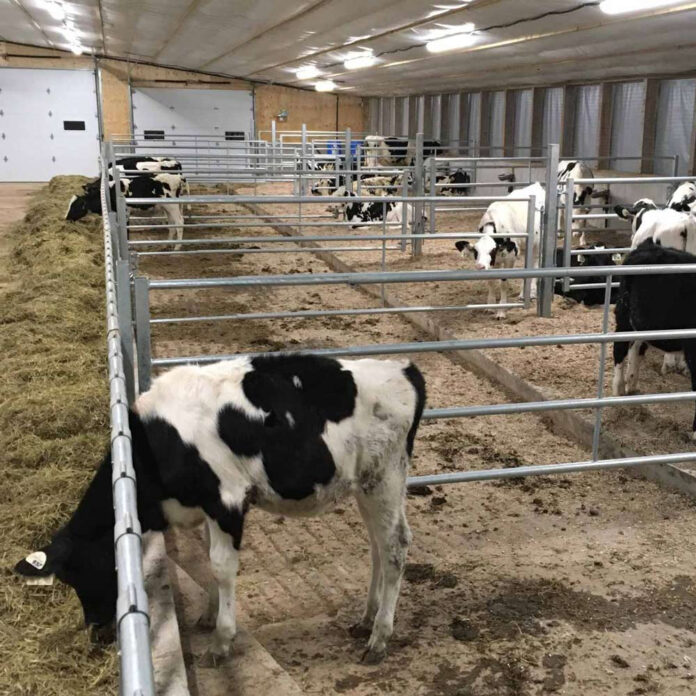Farming is an industry that requires a great deal of specialized equipment to keep things running smoothly. From tractors and plows to feeders and waterers, farmers depend on a wide range of tools and machinery to care for their animals and crops. While these tools are essential to the work that farmers do, they can also pose significant safety risks to both people and animals. In this post, we’ll explore some of the best practices and industry standards for farm animal equipment safety.
Understanding the Risks: Common Hazards in Farm Animal Equipment
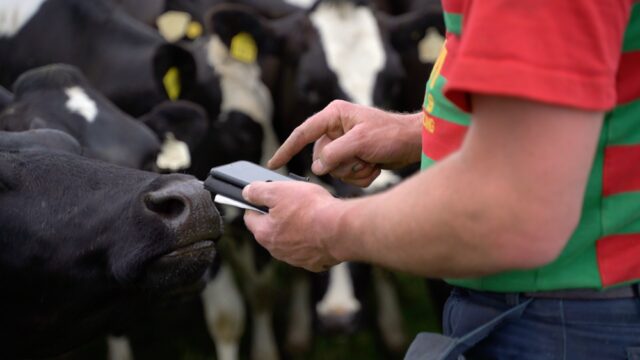
Before we dive into specific practices, it’s important to understand the risks that come with using farm animal equipment. There are a number of common hazards that farmers and ranchers face when working with livestock, including:
- Crushing: Large animals can easily crush a person against a wall or other solid object if they feel threatened or get spooked.
- Trampling: Animals can also trample people, causing serious injuries or even death.
- Entanglement: Clothing or hair can easily get caught in machinery, leading to serious injuries or death.
- Falls: Working at heights, such as when loading hay bales or climbing onto tractors, can also be dangerous if proper precautions aren’t taken.
Choosing the Right Equipment: Features to Look for in Farm Animal Equipment
When selecting farm animal equipment, it’s important to choose products that have safety features built in. For example, a cattle gate and chutes should be designed to prevent animals from getting their heads or legs caught. Machinery should have guards or shields to prevent entanglement, and any electrical components should be properly grounded to reduce the risk of electrocution.
Ensuring Proper Maintenance: Why Regular Inspections are Crucial
One of the most important steps in preventing accidents with farm animal equipment is to ensure that everything is properly maintained. Regular inspections should be conducted to identify any issues or wear and tear that could pose a hazard. This includes checking for loose or missing parts, ensuring that safety guards are in place, and testing any electrical components. Additionally, equipment should be cleaned and lubricated regularly to ensure proper function.
Best Practices for Safe Handling of Livestock in Equipment

Even with the best equipment and maintenance, working with livestock can still be dangerous if proper precautions aren’t taken. Here are some best practices for safely handling animals in equipment:
- Stay calm: Animals can sense fear and may become agitated if you’re nervous or anxious.
- Use proper equipment: Only use equipment that is specifically designed for handling livestock.
- Be aware of body language: Learn to recognize the signs that an animal is agitated or scared, and respond accordingly.
- Never turn your back: Always keep an eye on the animal and be ready to move quickly if necessary.
- Know when to call for help: If you feel like you’re losing control of the situation, it’s always better to call for backup than to risk injury.
Industry Standards for Farm Animal Equipment Safety
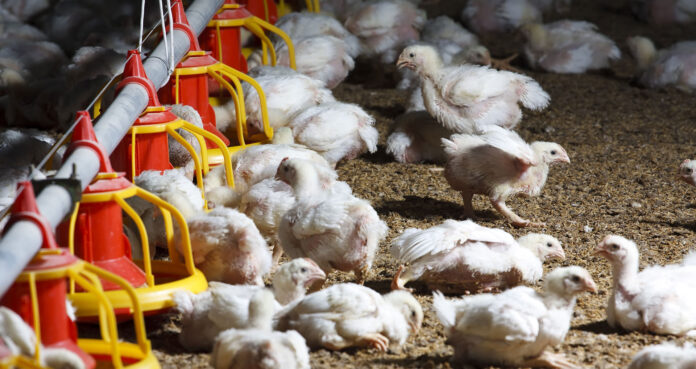
The agricultural industry is heavily regulated to ensure that farmers and ranchers have access to safety equipment. Some of the most important standards include:
- OSHA regulations: The Occupational Safety and Health Administration (OSHA) sets guidelines for workplace safety, including rules specific to agricultural operations.
- ANSI standards: The American National Standards Institute (ANSI) has developed a number of standards for farm animal equipment, including requirements for gates and chutes.
- ASABE standards: The American Society of Agricultural and Biological Engineers (ASABE) also develops standards for agricultural equipment, including those related to livestock handling.
Responding to Accidents: First Aid and Emergency Protocols for Livestock Handlers
Despite our best efforts, accidents can still happen when working with farm animal equipment. It’s important for all handlers to know basic first aid and emergency protocols to respond quickly and effectively if an accident occurs. This includes having a first aid kit on hand, knowing how to administer CPR to both humans and animals and having a plan in place for calling emergency services if necessary.
The Role of Training and Education in Farm Animal Equipment Safety
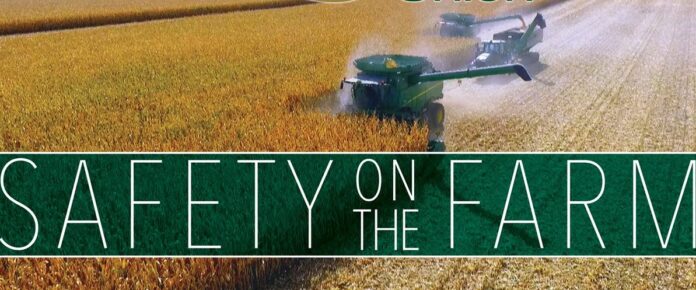
Finally, one of the most important steps in ensuring farm animal equipment safety is education and training. All handlers should receive proper training on the safe operation of equipment and the proper handling of livestock. This can include workshops, online courses, and on-the-job training. Ongoing education and refresher courses should also be provided to ensure that all handlers are up-to-date on the latest safety practices and equipment standards.
The Importance of Safety Culture: Fostering a Mindset of Safety on the Farm
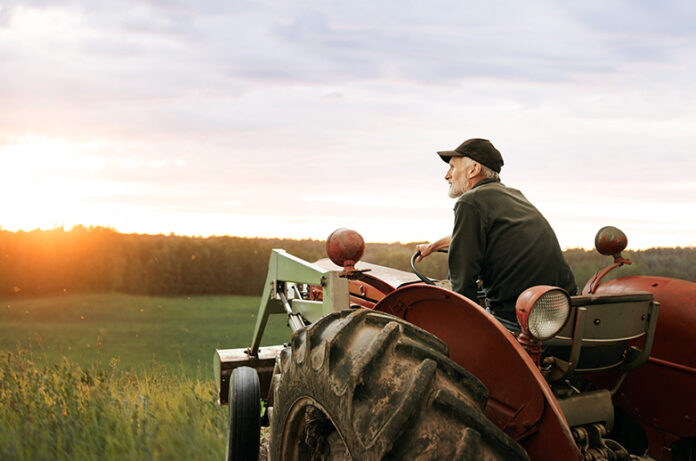
Creating a culture of safety on the farm is essential for ensuring that all workers take it seriously and work together to prevent accidents. This involves more than just following rules and regulations; it’s about fostering a mindset of security that permeates every aspect of the farm operation. This can be achieved through open communication, regular meetings, and a commitment to ongoing education and training. When everyone on the farm takes responsibility for safety and works together to identify and mitigate risks, we can create a safer and more productive environment for both people and animals.
Emerging Technologies and Innovations
As technology continues to advance, there are a number of exciting developments in the works that could improve farm animal equipment safety. For example, virtual reality training programs could help handlers practice safe techniques in a controlled environment. Sensors and other monitoring devices could be used to detect potential hazards before accidents occur. And autonomous equipment could reduce the need for manual labor, further reducing the risk of injuries.
In conclusion, safety should always be a top priority when working with farm animal equipment. By understanding the risks, ensuring proper maintenance, choosing the right equipment, practicing safe handling techniques, and staying up-to-date on industry standards and training, we can help prevent accidents and ensure a safe and productive farming operation. And when accidents do occur, being prepared with proper first aid and emergency protocols can help minimize the impact and ensure the safety of everyone involved.

